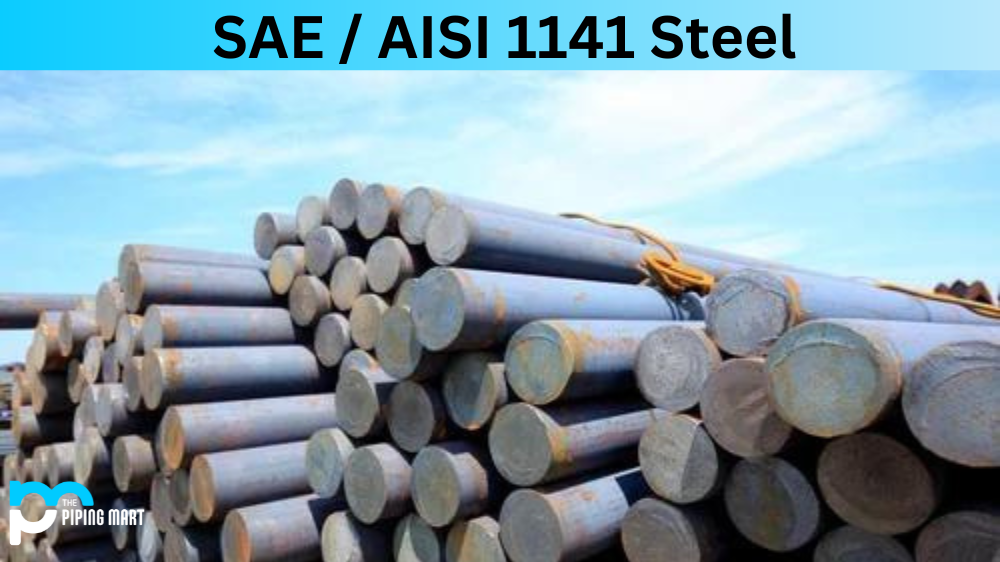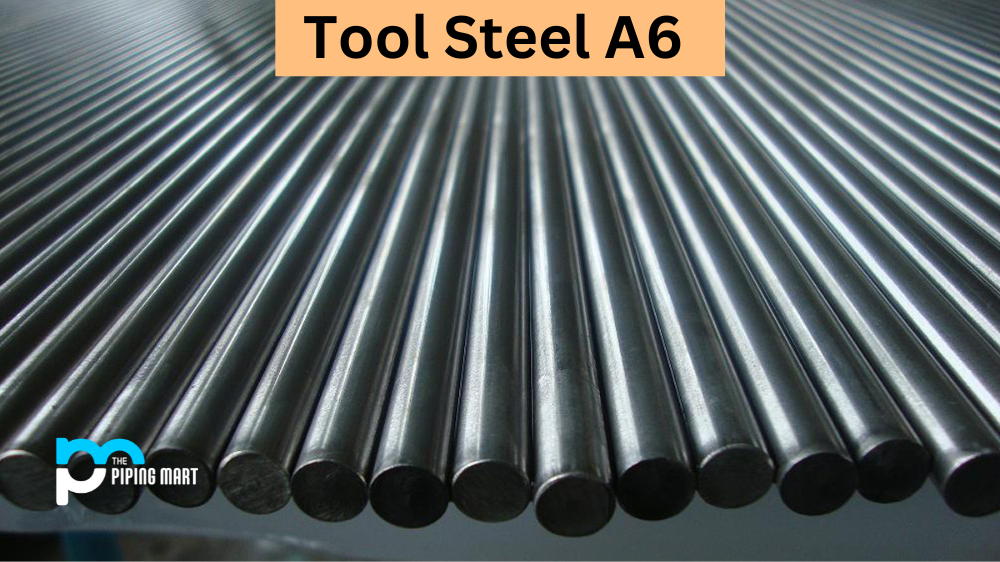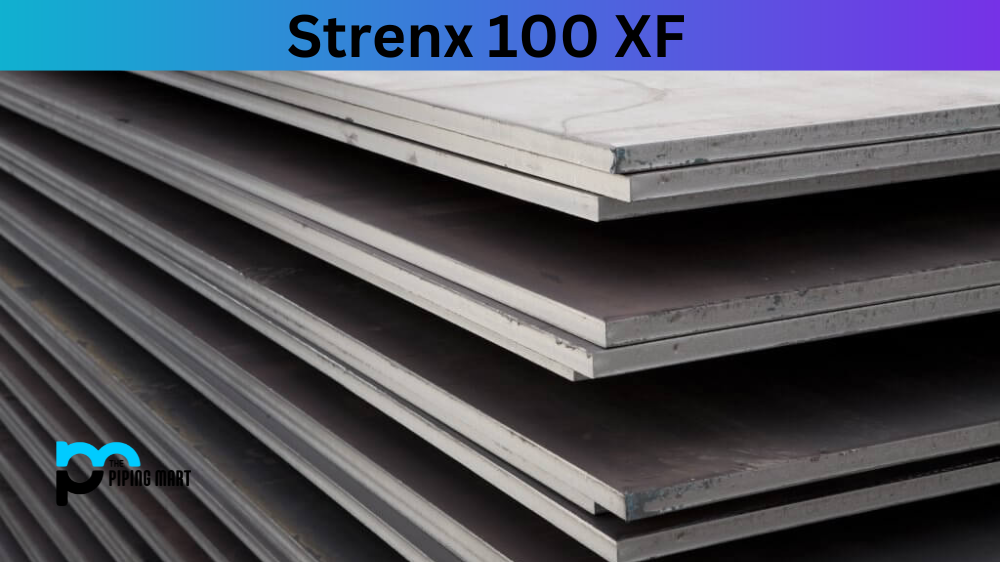If you’re in the market for a strong, durable, and corrosion-resistant metal, then 316L stainless steel is the material for you. This alloy of stainless steel is one of the most widely used in commercial and industrial applications because it’s strong and resistant to rusting. Let’s take a closer look at what makes this alloy great and how it can be used in various applications.
What Forms is 316L Stainless Steel Available at Piping Mart?
- 316L Stainless Steel Pipes
- 316L Stainless Steel Tubing
- 316L Stainless Steel Sheets
- 316L Stainless Steel Plate
- 316L Stainless Steel Channels
- 316L Stainless Steel Valves
- 316L Stainless Steel Bolts
- 316L Stainless Steel Forged Fittings
316L Stainless Steel Chemical Composition
SS 316L consists mainly of iron with additional chromium, nickel, molybdenum, silicon, phosphorus, sulfur, and manganese. The higher levels of these elements make the alloy impervious to corrosion from salt water or other chemicals. It also has a low carbon content which helps to reduce the risk of intergranular corrosion when heated or welded. This makes it an ideal choice for any application where strength and durability are essential.
| Grade | C | Mn | Si | P | S | Cr | Mo | Ni | N | |
|---|---|---|---|---|---|---|---|---|---|---|
| 316L | Min | – | – | – | – | – | 16.0 | 2.00 | 10.0 | – |
| Max | 0.03 | 2.0 | 0.75 | 0.045 | 0.03 | 18.0 | 3.00 | 14.0 | 0.10 |
316L Stainless Steel Properties
- 316l stainless steel is a low carbon steel that has been extra-low intergranular corrosion resistant.
- The material is used in many industrial and marine applications where resistance to pitting from chloride solutions is required.
- It is also known as marine-grade stainless steel due to its increased resistance to chloride corrosion compared to type 304 stainless steel.
- The material is widely used in the food and beverage industry, as well as in the chemical processing industry.
- Some of the benefits of using 316l stainless steel include its high resistance to rust, its ability to withstand high temperatures, and its low maintenance costs.
316L Stainless Steel Physical Properties
316L Stainless Steel has many impressive physical properties that make it an essential material in a variety of industries. Its incredible corrosion resistance makes it ideal for use in a marine environment or when exposed to harsh chemicals. Inconel sheet is also incredibly durable and can handle extreme temperatures without losing its structural integrity. Additionally, 316L Stainless Steel can maintain its strength in both hot and cold temperatures, making it useful for applications that experience extreme temperature fluxuations. Overall, the flexibility of 316L stainless steel ensures that no matter what environment it is used in, it will perform reliably while meeting the needs of any application.
| Grade | Density (kg/m3) | Elastic Modulus (GPa) | Mean Co-eff of Thermal Expansion (µm/m/°C) | Thermal Conductivity (W/m.K) | Specific Heat 0-100 °C (J/kg.K) | Elec Resistivity (nΩ.m) | |||
|---|---|---|---|---|---|---|---|---|---|
| 0-100 °C | 0-315 °C | 0-538 °C | At 100 °C | At 500 °C | |||||
| 316/L/H | 8000 | 193 | 15.9 | 16.2 | 17.5 | 16.3 | 21.5 | 500 | 740 |
316L Stainless Steel Mechanical Properties
UNS S31603 has a high concentration of chromium for corrosion resistance and extremely low magnetic permeability, allowing it to offer superior protection against rust and ideal thermal stability in various environments. In addition, 316L stainless steel can be easily welded with most conventional methods while also being able to be machined into complex shapes. It is commonly used in industrial process equipment due to its strength and dependability under extreme conditions.
| Grade | Tensile Str (MPa) min | Yield Str 0.2% Proof (MPa) min | Elong (% in 50 mm) min | Hardness | |
|---|---|---|---|---|---|
| Rockwell B (HR B) max | Brinell (HB) max | ||||
| 316L | 485 | 170 | 40 | 95 | 217 |
316l Stainless Steel Equivalent
| Grade | UNS No | Old British | Euronorm | Swedish SS | Japanese JIS | ||
|---|---|---|---|---|---|---|---|
| BS | En | No | Name | ||||
| 316L | S31603 | 316S11 | – | 1.4404 | X2CrNiMo17-12-2 | 2348 | SUS 316L |
316L Stainless Steel Specifications
- AMS 5570
- ASTM A240
316L Stainless Steel Uses
The most common uses of 316L stainless steel are in medical equipment such as surgical instruments and kitchenware like pots and pans because it won’t corrode from exposure to food or liquids. It’s also used in marine applications since its high level of resistance to corrosion means it won’t be affected by saltwater or other harsh environments. This type of steel is often found in watch cases, jet engine components, exhaust systems on vehicles, and chemical processing equipment due to its low carbon content, which helps prevent intergranular corrosion when exposed to high temperatures.
Another popular use for this material is jewelry-making because its superior strength allows it to maintain its shape without being easily bent or damaged while still being lightweight enough for comfortable wearability. Additionally, its non-corrosive properties mean that jewelry made with stainless steel will last much longer than those made with other metals like gold or silver.
- 316L stainless steel is widely used in the food and beverage industry due to its high corrosion resistance.
- 316L stainless steel is also often used in the medical industry due to its ability to resist corrosion from body fluids and chemicals.
- 316L stainless steel is also used in the construction industry due to its durability and resistance to corrosion.
- 316L stainless steel can also be used in manufacturing certain types of electronic equipment due to its resistance to chemical corrosion.
- Finally, 316L stainless steel is sometimes used in the jewelry industry due to its resistance to tarnishing.
Conclusion:
As you can see, Stainless steel 316L has many excellent properties, making it an ideal choice for various applications. From medical instruments to jewelry-making and everything in between, this alloy offers superior strength and durability along with excellent corrosion resistance – making it the perfect material for any project requiring long-lasting performance! If you’re looking for a reliable metal that won’t let you down no matter what environment you put it into, look no further than 316L stainless steel!

Hey, I’m Krutik, a casual blogger expert in the metal industry. I am passionate about providing valuable information to my readers. With a background in engineering and construction, I like playing Cricket & watching Netflix shows in my free time. Thank you for visiting my blog, and I hope you find my information helpful!




